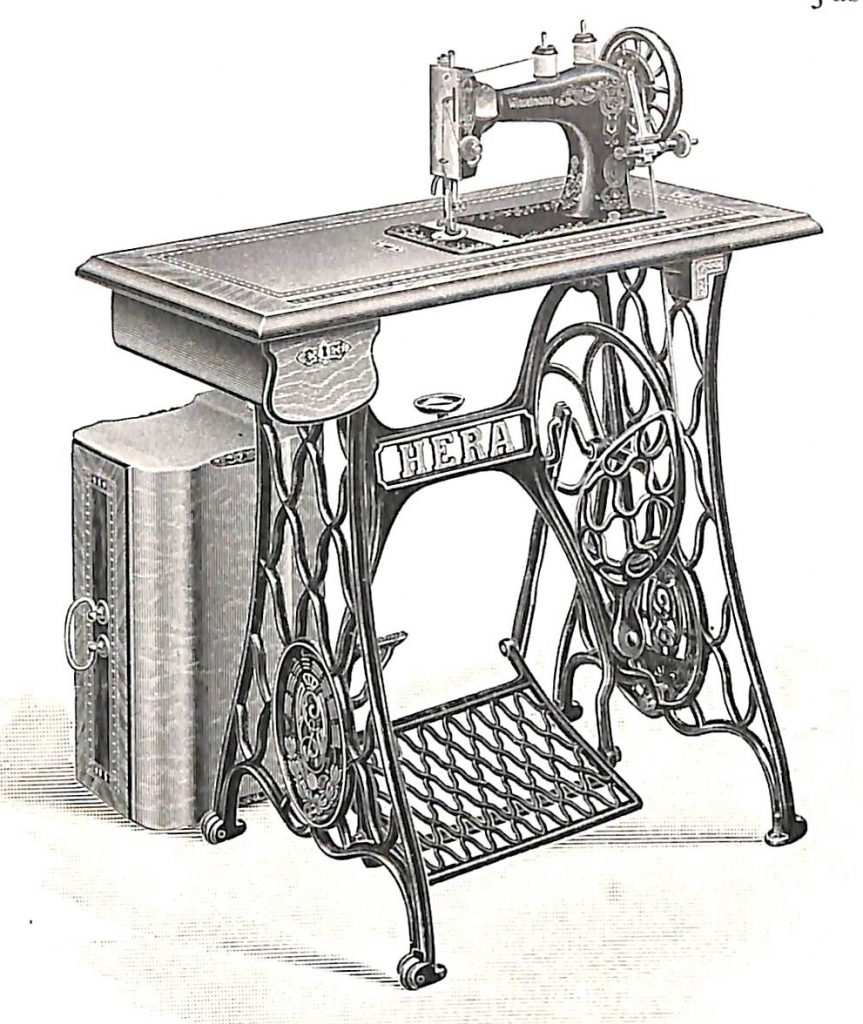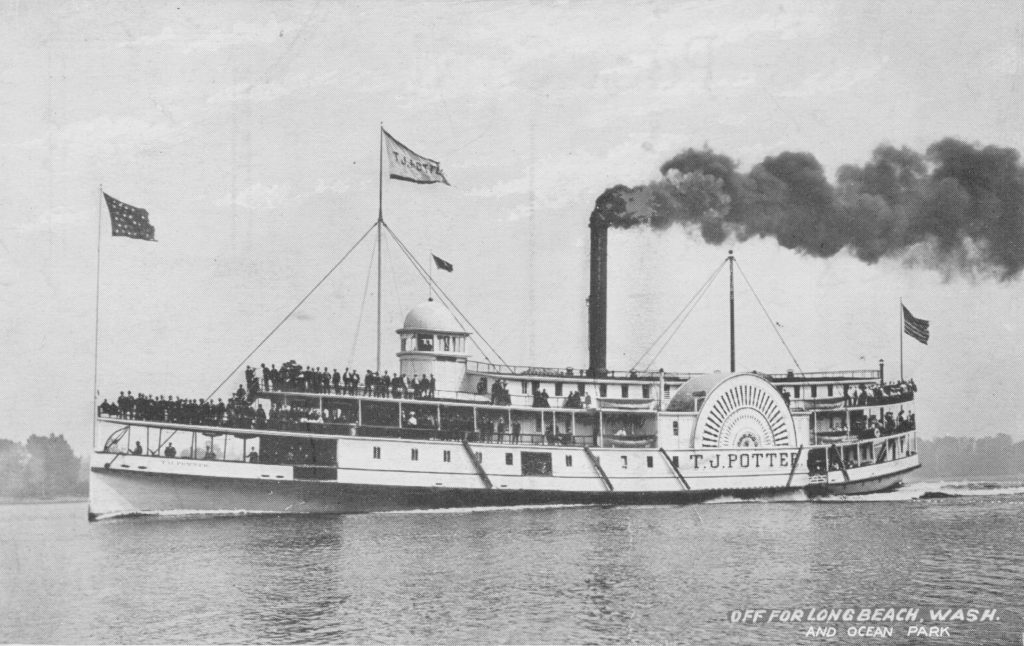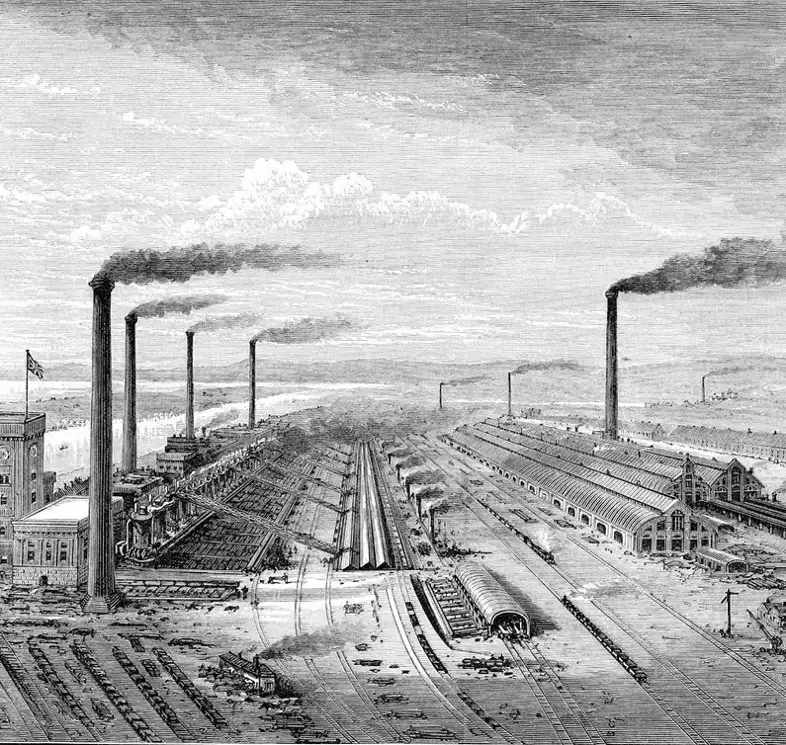 he Industrial Revolution began in the late 18th century in the United Kingdom, to be more specific in England. This revolution did change not only the modes of production but also the social structure and livelihood of the British citizens. In a relatively short time, the revolution spread to the rest of the civilized world, with the same effects.
he Industrial Revolution began in the late 18th century in the United Kingdom, to be more specific in England. This revolution did change not only the modes of production but also the social structure and livelihood of the British citizens. In a relatively short time, the revolution spread to the rest of the civilized world, with the same effects.
Technological evolution
This was a time when societies in Western Europe and North America transformed from predominantly rural to societies where urbanization and technological progress were essential. Before this revolution, the manufacture of products was done by manual hard labor or by using rudimentary machinery. Industrialization marked a shift to powerful machines with a particular purpose, which led to the possibility of mass production.
Technological evolution
This was a time when societies in Western Europe and North America transformed from predominantly rural to societies where urbanization and technological progress were essential. Before this revolution, the manufacture of products was done by manual hard labor or by the use of rudimentary machinery. Industrialization marked a shift to powerful machines with a particular purpose, which led to the possibility of mass production.
The steam engine was the basis of the Industrial Revolution, which influenced the steel and textile industries. The revolution also brought with it improved transportation and communication systems. The financial system has also changed due to increased production. Therefore, industrialization has brought diversity and a high volume of products, and for the upper classes, an improved standard of living. however, the lower social classes were affected due to the changing labor market.
Why Great Britain?
As mentioned earlier, life in pre-industrialized Britain was largely rural, where people relied largely on agriculture. The products were mainly artisanal, with communities making goods such as food, clothing, and furniture. A number of factors contributed to why Britain became the core of the Industrial Revolution.
There were significant reserves of iron and coal, raw materials essential for industrialization. Britain was also politically stable and the largest colonial empire, with the widest variety of subjects. Another reason was the increased demand for British products, which led to the need for new, more efficient production methods.
Changes in different industries
The textile industry has been transformed by industrialization. Before the factories existed, clothing was made by hand, and the traders offered the raw material and the basic equipment, remaining to take the finished product later. Workers set their own schedules, which made it difficult for traders to establish an efficient system.
Also, the number of products was insufficient for market demand. In the eighteenth century, a number of innovations led to increased productivity. James Hargreaves (1722–1778) invented the sewing machine that was capable of producing several stitches at the same time. The term jenny spinning comes from here, having a system that resembles the pedal sewing machines known from our grandparents’ houses. The term jenny is an abbreviation of the word engine. By the time of the inventor’s death, 20,000 such machines had already been manufactured.

The iron industry has also changed. In the early 18th century, Abraham Darby (1678–1717) invented a new method of producing cast the iron, using gas as fuel instead of charcoal. In the middle of the 18th century, British engineer Henry Bessemer (1813–1898) created the first feasible process for the mass production of steel. Both iron and steel have become basic materials in the construction of infrastructure, buildings, machinery, ships, etc.
Last (but not least) is the steam engine. In 1712, the Englishman Thomas Newcomen (1664–1729) created the first steam engine, which was mainly used to pump water from mines. At the end of the 18th century, the Scottish inventor James Watt (1736–1819) improved this engine, and it could be used in various industrial fields.
Revolution of the transportation system
The infrastructure has been almost completely transformed. Before the Revolution and the invention of the steam engine, the difficulty with which materials were transported was significant. The main methods of transport were carts and boats that went along the rivers. At the beginning of the 19th century, the American Robert Fulton (1765–1815) built the first efficient steam engine boat, and by the middle of this century, there were already ships crossing the Atlantic.

Also, the steam engine locomotive revolutionized land transport, being able to transport very large quantities of materials and products. At the beginning of the 19th century, the British engineer Richard Trevithick (1771–1833) built the first locomotive of this kind. In 1830, the Liverpool-Manchester railway route became the first to be used for passengers. By the middle of the 19th century, Britain already had more than 6,000 miles (~ 9,700 km) of railways.
Quality of life
This is a very complex subject involving many kinds of discourse, from sociology, economics, or philosophy (or a combination of these). It can be said that a greater volume has led to an increase in living standards, but this argument only applies to most middle-class citizens. The lower class continued to have many problems. Wages were low, and working conditions were dangerous and often unhealthy. Cities that were constantly growing in population were also becoming unhealthy.
With more and more people coming from rural to urban areas, localities have become overcrowded, with overcrowded sewerage systems and homes that were also overcrowded. This has led to a lack of hygiene, pollution, and the spread of disease. Also, manual labor was replaced by mechanical work, which led to a high volume of unemployment. However, conditions for these workers became better in the mid-nineteenth century, with legislative measures favoring the working class and the possibility of forming unions.
The British did their best to stop the expansion of these new technologies, a strategy that failed. In a short time, industrialization spread to Europe, mainly to France, Germany, and Belgium, and overseas to the United States. Many historians argue that the industrial revolution also played an important role in the rise of power within the United Kingdom during the 19th century. Nevertheless, this technological advancement has changed most, if not all, industries and has helped build new relations from the possibility of mass exportation.
Avid Writer with invaluable knowledge of Humanity!
Upcoming historian with over 30 million views online.
“You make your own life.”





